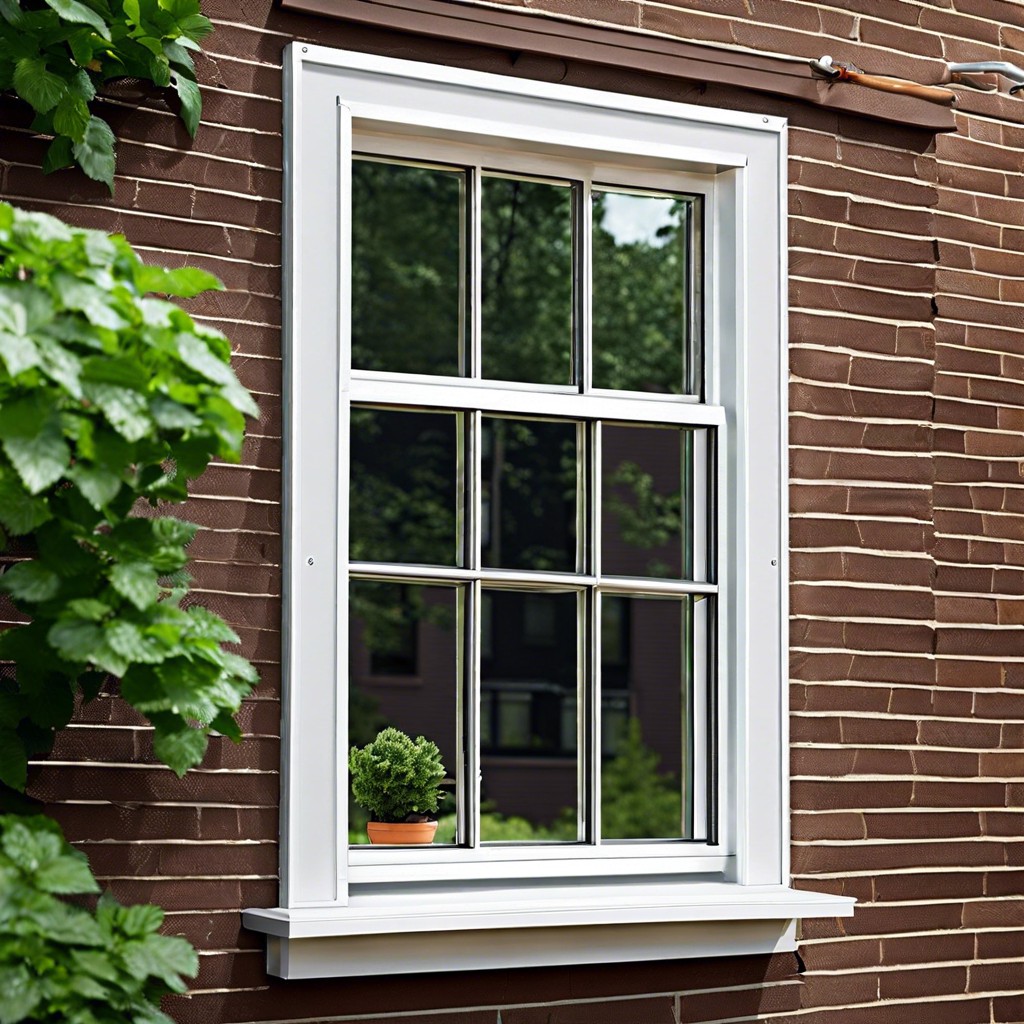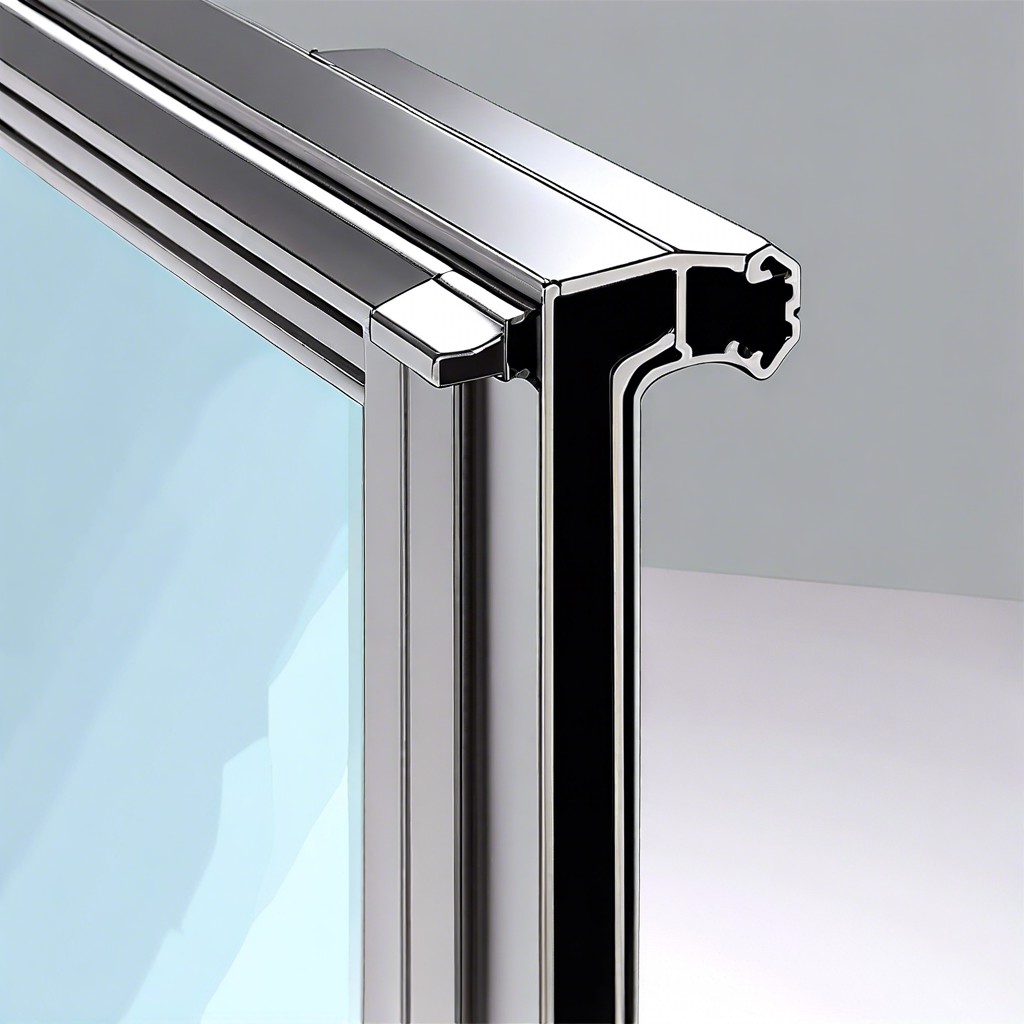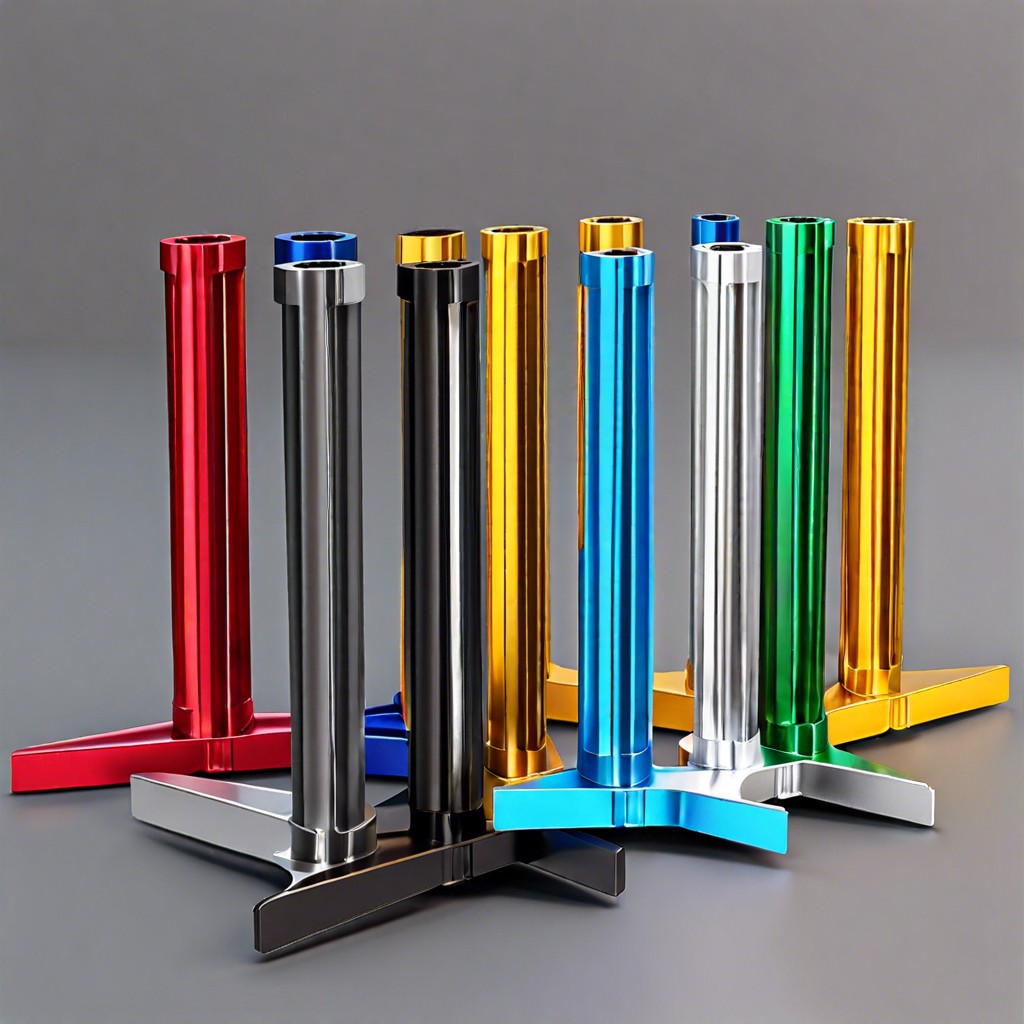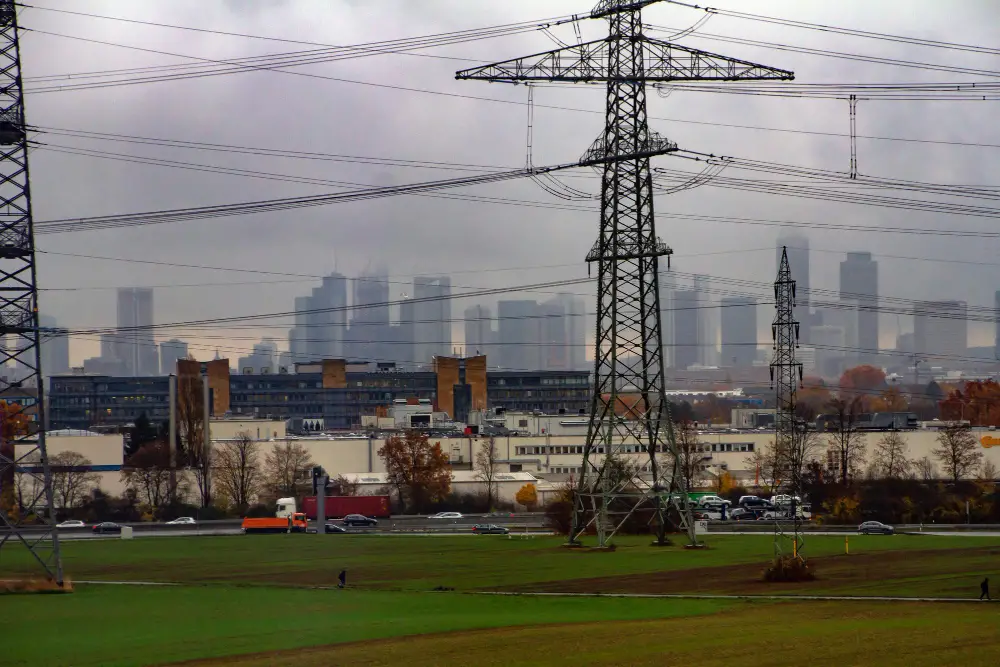Discover how energy star-rated windows can significantly reduce your home’s energy consumption and costs with our comprehensive guide.
As a child, I remember sitting by the window on a cold winter day, watching the snowflakes fall outside. Despite the beauty of the scene, I couldn’t help but feel a chill in my bones.
It wasn’t until years later that I realized just how much heat was escaping through those old windows.
Now, as a blogger who writes about house windows and shares my knowledge of the industry, I want to make sure others don’t have to experience that same discomfort. That’s why today’s topic is all about Energy Star-rated windows – an innovation in window technology that has revolutionized energy efficiency in homes across America.
In this post, we’ll dive into what makes these windows so special and why they’re worth considering for your own home. So sit back, grab a cup of coffee (or cocoa), and let’s explore how Energy Star-rated windows can keep you warm and cozy all winter long!
Energy Star Windows: Overview

Energy Star-rated windows are a type of window that meets strict energy efficiency guidelines set by the U.S. Environmental Protection Agency (EPA).
These guidelines were established to help homeowners reduce their energy consumption and save money on utility bills while also reducing greenhouse gas emissions.
As I mentioned earlier, growing up, I experienced firsthand how old windows can lead to heat loss during winter months. But with Energy Star-rated windows, you don’t have to worry about that anymore.
These high-performance windows use advanced technologies such as low-emissivity coatings and insulating gases between panes of glass to keep your home comfortable year-round.
Not only do these efficient features make your home more comfortable but they also help reduce the strain on heating and cooling systems which in turn reduces carbon footprint – making it an eco-friendly choice for homeowners who want both comfort and sustainability in their homes.
So if you’re looking for ways to improve your home’s energy efficiency without sacrificing style or comfort, consider upgrading your old drafty windows with Energy Star-rated ones!
Efficiency Benefits
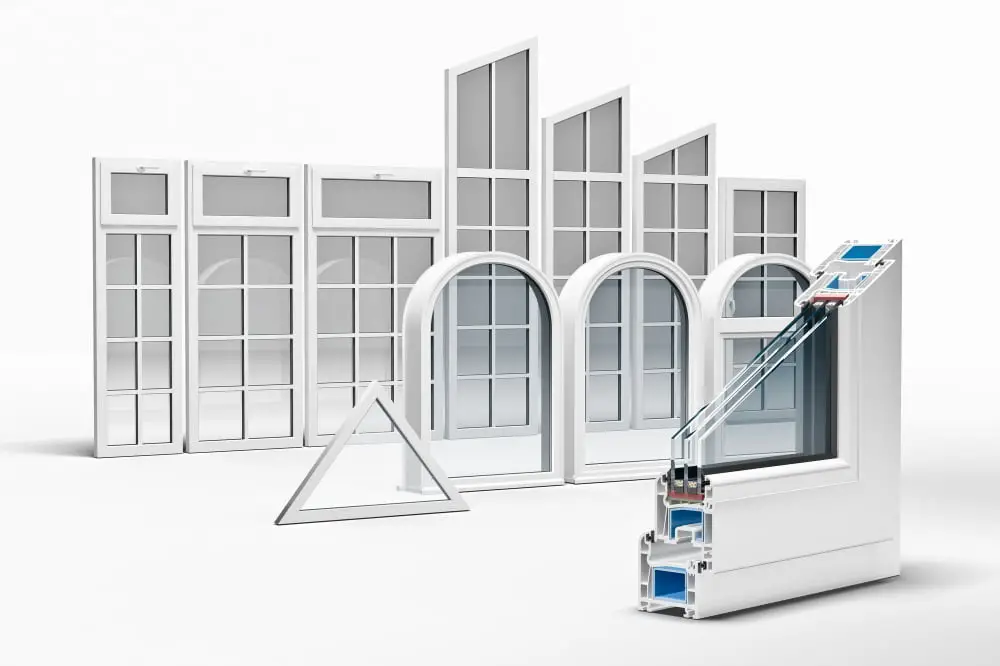
As I grew older and became more interested in home improvement, I learned about the importance of energy efficiency. Not only does it help reduce our carbon footprint, but it can also save us money on utility bills.
That’s where Energy Star-rated windows come in. These windows are designed to meet strict guidelines set by the Environmental Protection Agency (EPA) for energy efficiency.
They’re made with advanced materials that help keep heat inside during winter months and outside during summer months, reducing the need for heating and cooling systems to work overtime. In fact, according to the EPA, homeowners who replace single-pane windows with Energy Star-rated ones can save an average of $101-$583 per year on their energy bills depending on their location! That’s a significant amount of savings that could be put towards other home improvements or even a family vacation.
But beyond just saving money, these efficient windows also contribute to a healthier planet by reducing greenhouse gas emissions from power plants. It’s amazing how something as simple as upgrading your house windows can have such far-reaching benefits – both for you and future generations.
Cost Savings

As I grew older and became more aware of the cost of energy, I realized that those old windows weren’t just uncomfortable – they were also costing my family a lot of money. That’s where Energy Star-rated windows come in.
These windows are designed to be highly efficient, meaning they can help keep your home at a comfortable temperature while using less energy. This translates into significant cost savings on your monthly utility bills.
In fact, according to the U.S. Environmental Protection Agency (EPA), homeowners who replace their single-pane windows with Energy Star-rated ones can save an average of $101-$583 per year on heating and cooling costs depending on where you live in the United States.
But it’s not just about saving money – it’s also about reducing our impact on the environment by using less energy overall. By choosing Energy Star-rated windows for your home, you’re making a conscious decision to reduce greenhouse gas emissions and protect our planet for future generations.
Environmental Impact

As I grew older and became more aware of the impact humans have on the environment, I began to realize that those old windows weren’t just causing discomfort – they were also contributing to a larger problem. The energy wasted through inefficient windows was not only costing homeowners money but also harming our planet by increasing carbon emissions.
That’s where Energy Star-rated windows come in. These specially designed windows are certified by the Environmental Protection Agency (EPA) for their energy efficiency, meaning they use less energy and produce fewer greenhouse gas emissions than standard models.
In fact, according to Energy Star, replacing single-pane windows with Energy Star-rated ones can save homeowners up to $465 per year on their utility bills while reducing carbon dioxide emissions equivalent to taking 1 car off the road for an entire year.
By choosing Energy Star-rated windows for your home, you’re not only saving money but also doing your part in protecting our planet – a shining example of efficiency indeed!
Types of Ratings
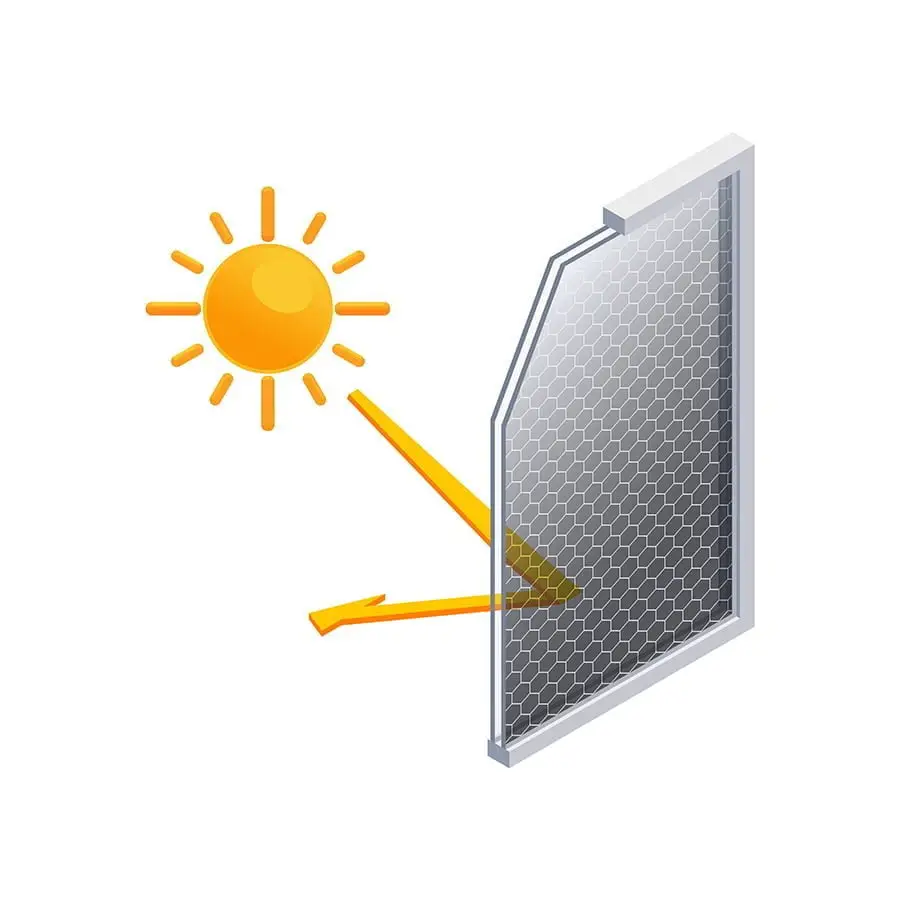
When it comes to choosing Energy Star-rated windows, there are a few different types of ratings you should be aware of. The first is the U-factor, which measures how well a window can prevent heat from escaping your home.
The lower the U-factor, the better insulation value a window has.
The second rating to consider is Solar Heat Gain Coefficient (SHGC), which measures how much solar radiation passes through your windows and into your home. A low SHGC means less heat enters during hot summer months.
As I learned more about these ratings and their impact on energy efficiency in homes, I realized just how important it was to choose Energy Star-rated windows for my own house. Not only did they help keep me warm in winter and cool in summer but also saved me money on my energy bills over time.
So if you’re looking for an investment that will pay off both financially and environmentally – look no further than Energy Star-rated windows!
Window Technologies
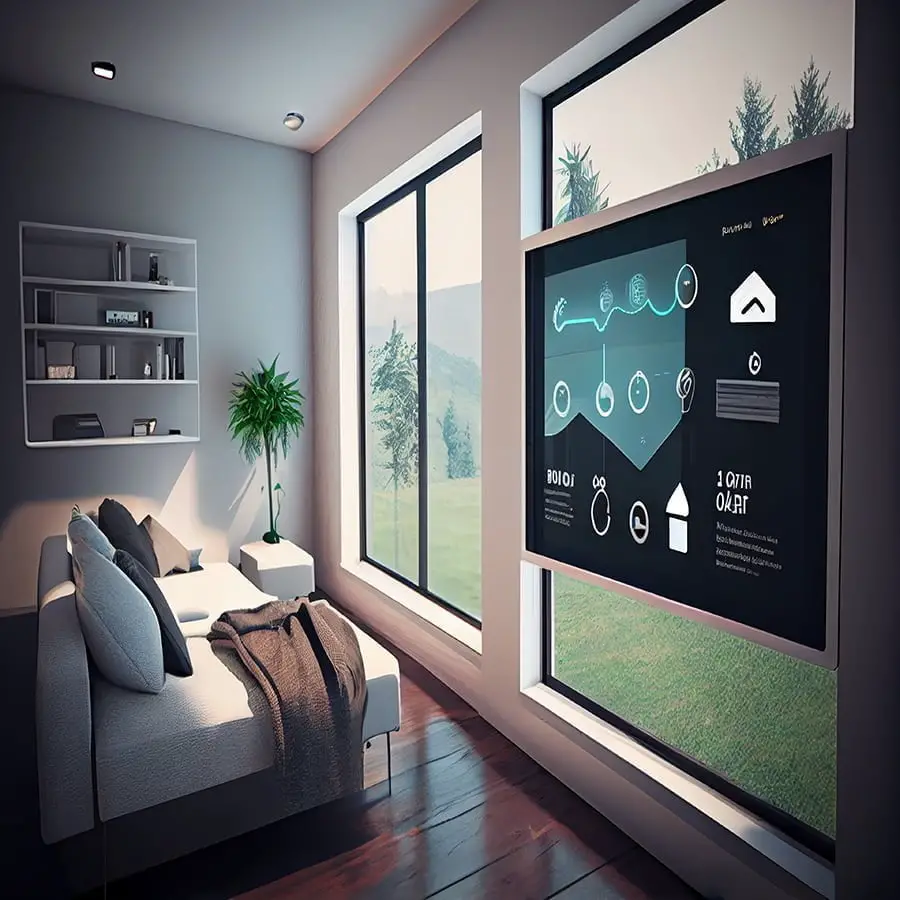
As I grew older and became more interested in the world of home improvement, I began to learn about the various window technologies available on the market. From double-pane glass to low-E coatings, there were a lot of options out there for homeowners looking to improve their energy efficiency.
But one technology stood out above all others: Energy Star-rated windows. These windows are designed with a specific set of criteria in mind – including U-factor, solar heat gain coefficient (SHGC), and air leakage – that ensure they meet strict energy efficiency standards set by the Environmental Protection Agency (EPA).
As someone who has experienced firsthand just how much heat can escape through old or poorly insulated windows, it’s clear why Energy Star-rated windows have become such a popular choice among homeowners across America.
Not only do they help keep your home comfortable year-round by reducing drafts and minimizing temperature fluctuations; they also save you money on your monthly utility bills by lowering your overall energy consumption.
So if you’re looking for an efficient way to upgrade your home’s insulation this winter season, consider investing in Energy Star-rated windows – because when it comes to keeping warm during those cold winter months, every little bit helps!
Selection Tips
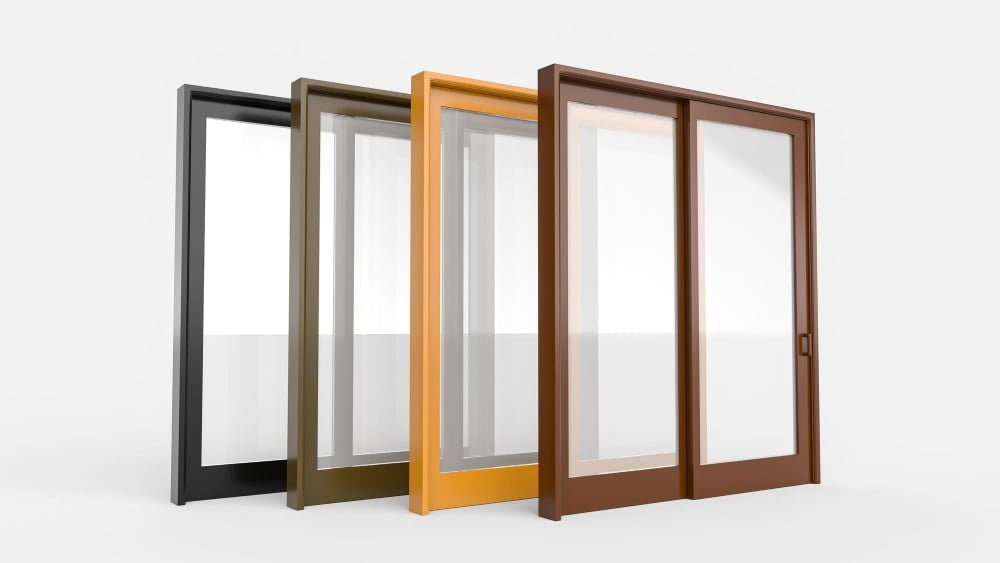
When it comes to selecting Energy Star-rated windows, there are a few key factors to consider. First and foremost, you’ll want to make sure the window is certified by Energy Star – this means it meets strict energy efficiency guidelines set by the U.S.
Environmental Protection Agency (EPA). Look for the blue and white Energy Star label on the window or packaging.
Next, think about your climate zone. The EPA has divided the country into four different zones based on average temperatures and weather patterns.
Windows that perform well in one zone may not be as effective in another – so be sure to choose a window that’s designed for your specific region. Consider other features like frame material (vinyl is often a good choice for energy efficiency), glass coatings (low-e coatings can help reduce heat loss), and gas fills between panes of glass (argon or krypton gases provide better insulation than air).
By taking these selection tips into account when choosing your new windows, you can ensure maximum energy savings and comfort throughout all seasons of the year – just imagine sitting by those same winter windows from my childhood without feeling any chill!
Recap

